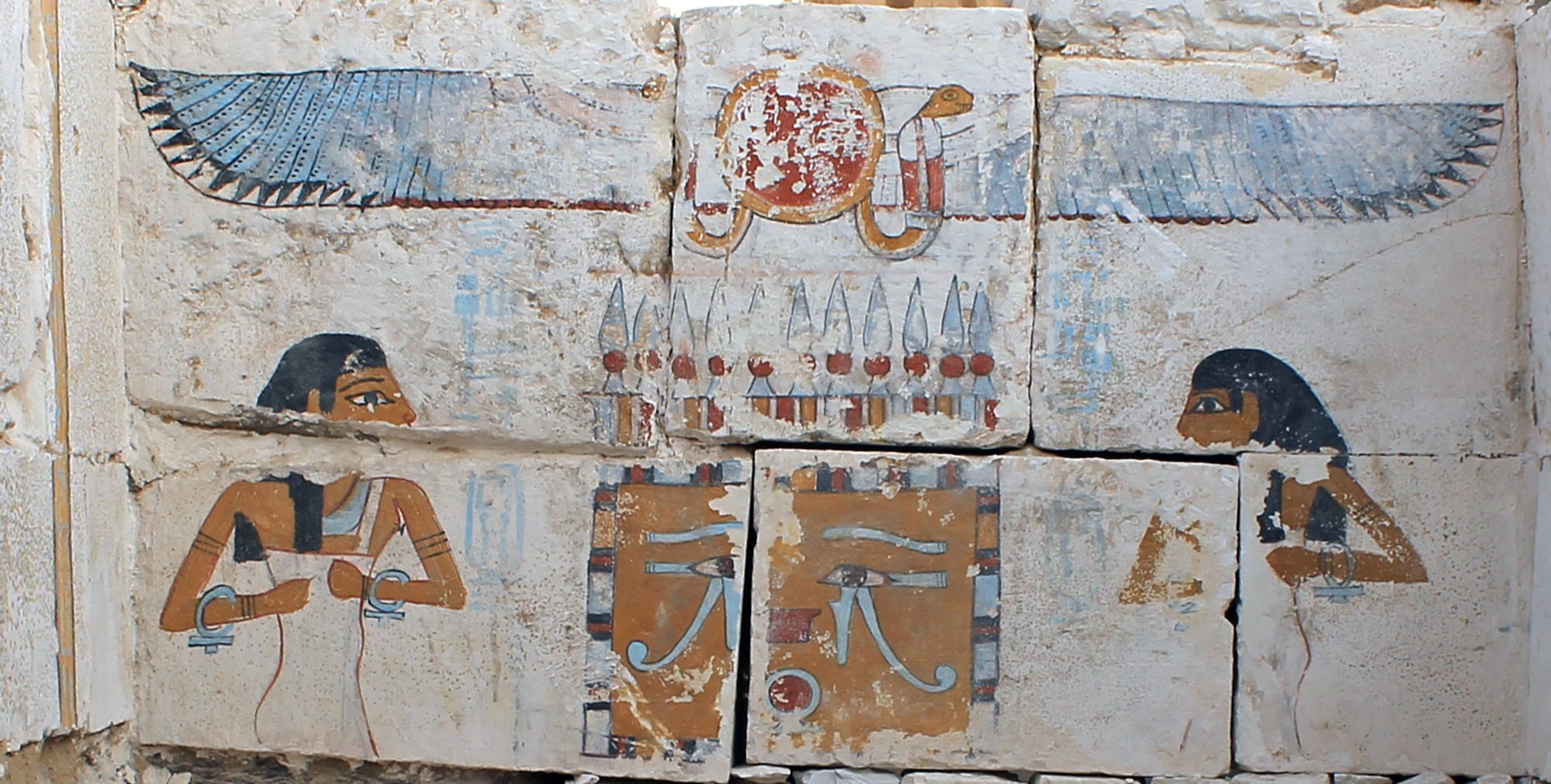Archaeologists from the University of Pennsylvania announced this month that they have unearthed the tomb of a previously unknown Egyptian pharaoh.
The Penn team, which has been excavating a site called Abydos in cooperation with Egypt’s Supreme Council of Antiquities since 1967, made a string of discoveries in the last months of 2013. One was a 60-ton sarcophagus that had been carved from red quartzite to house the tomb of the pharaoh Sobekhotep near Cairo; despite its immense size, it was extracted and moved hundreds of miles to Abydos, where it was reused by later ancient kings whose identities are still unknown.
The most surprising find was the tomb of a pharaoh named Woseribre-Senebkay, who lived about 1650 B.C. Senebkay’s tomb had been plundered centuries ago by robbers, who not only stripped it of gilt surfaces and other valuable objects but also ripped apart the pharaoh’s mummy itself. Nevertheless, the archaeologists were able to recover the king’s bones and put together an almost complete skeleton. Preliminary studies indicate that Senebkay was about 5-foot-10 and probably died when he was in his mid or late 40s.
His burial chamber also provided the first evidence of the existence of what archaeologists have named the Abydos Dynasty. Senebkay appears to have been one of the first kings in that lineage,



